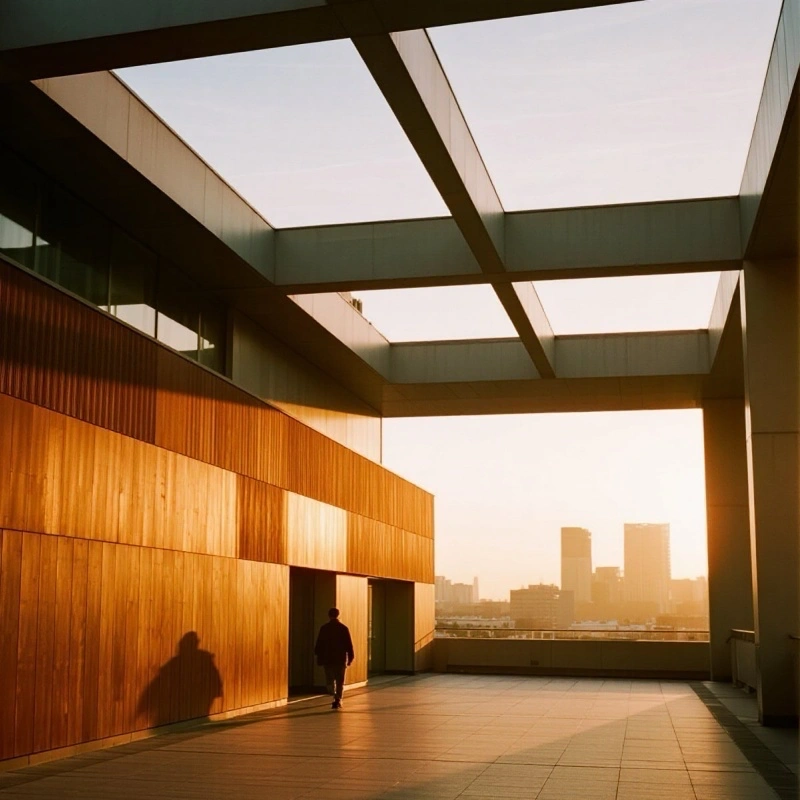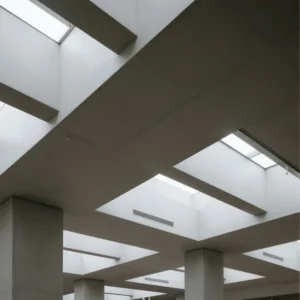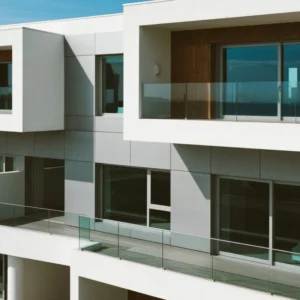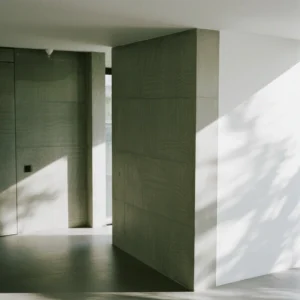Composite panels combining cement fiber and other materials offer innovative solutions in construction, with standout performance in various applications.
Fiber cement composite steel panels merge the advantages of fiber cement and steel. Typically, they consist of two 0.5mm thick galvanized steel sheets pressed with an 8.5mm fiber cement layer. The steel sheets have punched designs to enhance bonding with the cement layer, while the fiber cement layer efficiently absorbs impact energy and disperses explosion pressure waves. These panels have standard specifications, with light weight, high strength, and easy on-site cutting, suitable for irregular spaces, reducing transportation and construction costs. They excel in explosion resistance, fire resistance, surface flatness, and environmental friendliness.
In explosion and fire protection applications, such composite panels, synthesized through high-temperature and high-pressure processes, have a fire resistance rating far exceeding ordinary building materials, maintaining structural integrity at extreme temperatures to aid evacuation and rescue. They are widely used in high-risk industrial areas, public safety facilities, and modern architectural spaces requiring minimalist design.
The price of fiber cement composite steel panels varies, with material costs usually per square meter, plus installation fees. Additional waterproofing treatment in humid areas adds to the cost, and the total cost per square meter falls within a certain range, subject to market fluctuations and project requirements.
The global fiber cement composite panel market is expected to grow significantly in the coming years, driven by increasing demand for sustainable and durable building materials, rapid urbanization, and infrastructure development in both developed and emerging economies. Their versatility and aesthetic appeal in cladding, roofing, and interior applications further boost growth, along with strict regulations promoting eco-friendly alternatives.
Innovations are shaping the market, with high-end products featuring superior fire and moisture resistance gaining a larger share, showing rising volume and prices. Foamed cement composite panels, with lower carbon emissions and recyclable construction waste, are another innovation. Some developed products integrate photovoltaic technology, and bio-based modification techniques reduce carbon emissions. With the implementation of building energy efficiency standards, the industry is set to see substantial growth.




